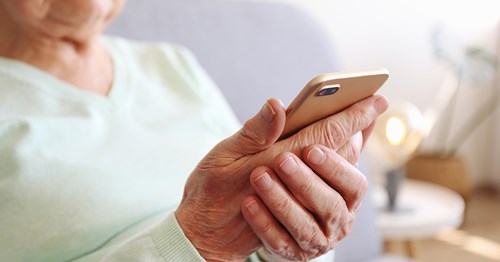A new study by EmblemHealth, one of the largest nonprofit health insurers in the United States, reveals ownership of electronic devices, access to internet services, and overall lack of technology impinge on access to telehealth.

EmblemHealth expanded its digital care solutions in response to COVID-19 but recognized the need to gather data on the real-life experience of its members in the New York area, which for many months was the epicenter of the virus in the United States. ANA Research conducted the survey, which polled 1,000 New Yorkers across all five boroughs on barriers to care, access to technology, and digital literacy.
As the use of telehealth for medical check-ups, urgent care, teletherapy and other needs has increased across the health care industry during COVID-19, EmblemHealth’s survey revealed that many of the communities that have been hardest hit by COVID-19 also lack the level of technology access that is available to other communities.
“COVID-19 has triggered a transformation in the way health care practitioners treat their patients," said Karen Ignagni, president and CEO of EmblemHealth, in the study announcement. "While telehealth offers substantial benefits to patients and providers—as many have seen throughout the pandemic—it is less accessible to lower-income communities that lack widespread broadband access and other technological capabilities often taken for granted in more affluent areas."
Indeed, the survey found that:
- Both low-income and Black/African American New Yorkers are more likely than the general population to have access to only one technology device at home, limiting their ability to access telehealth services when other household members are using that technology
- Seventy-eight percent of the general population has access to two or more technology devices at home, compared to only 69 percent of low-income households and 67 percent of Black/African American households
- While 82 percent of the general population reported having access to regular and adequate internet at home during COVID-19, almost a quarter of low-income households and nearly a third of Black/African American New Yorkers reported having inadequate internet access
"COVID-19 has demonstrated that the health care community needs to deepen its focus on disparities. As part of those efforts, we need to include Wi-Fi access," said Ignagni. EmblemHealth, she said, serves more than 3 million members in the New York area. Through its Neighborhood Care centers, EmblemHealth provides free Wi-Fi and digital literacy workshops to all community members. As New York continues to reopen, EmblemHealth said it will continue to work with local officials to expand this access.
A recent Health Affairs blog post also suggested that local governments could help address disparities by loaning laptop and smartphones or supply internet hotspots and phone charging stations to low-income neighborhoods to help enable access. Insurers could also reimburse for the FCC Lifeline program to provide affordable communication services and cellular data to low-income populations, according to the post.
